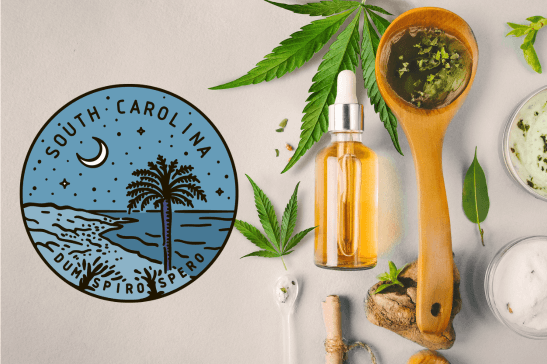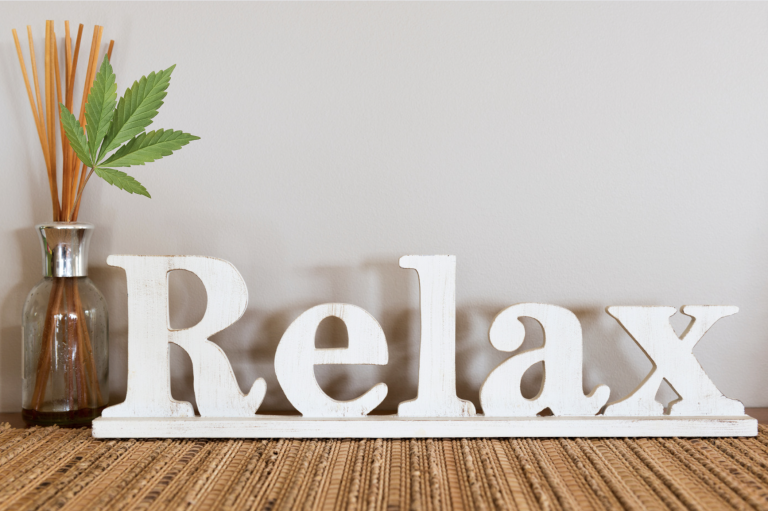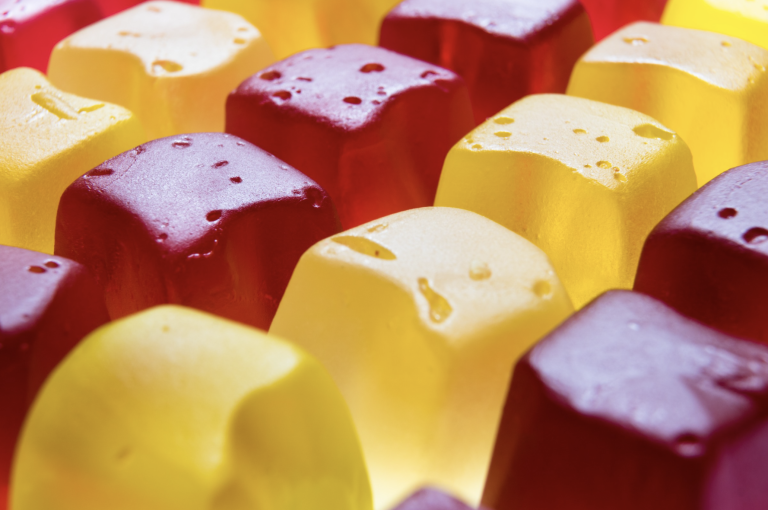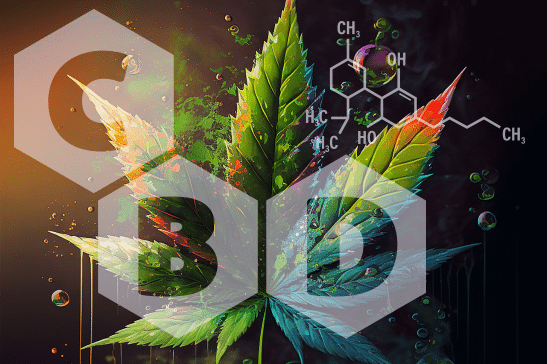Joint Decisions: Is Weed Legal in South Carolina?
Weed laws and regulations have been relaxed across the U.S., especially at this time when more Americans are living in states where marijuana is legal versus those who don’t. However, recreational cannabis remains illegal in South Carolina. Possessing 28 grams of cannabis, except mature stalks or products made from its seed, may land you with…











